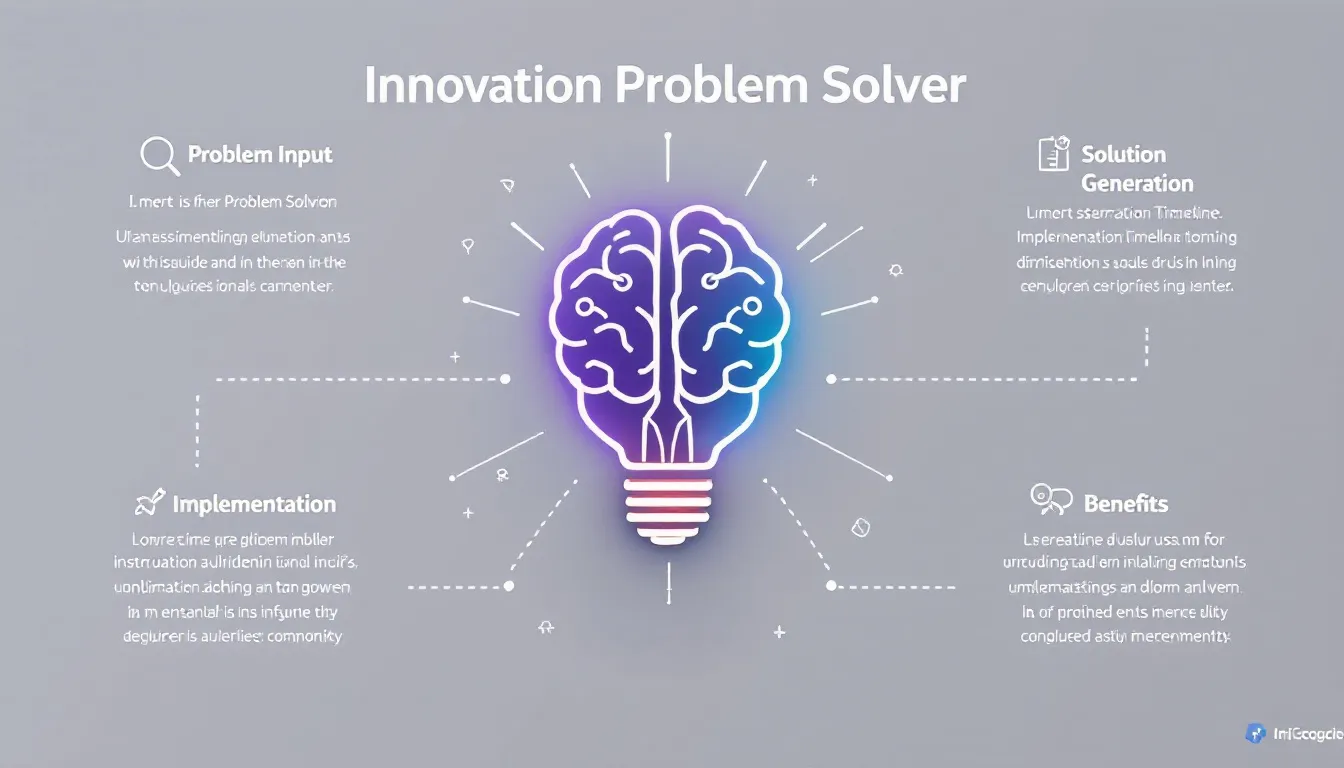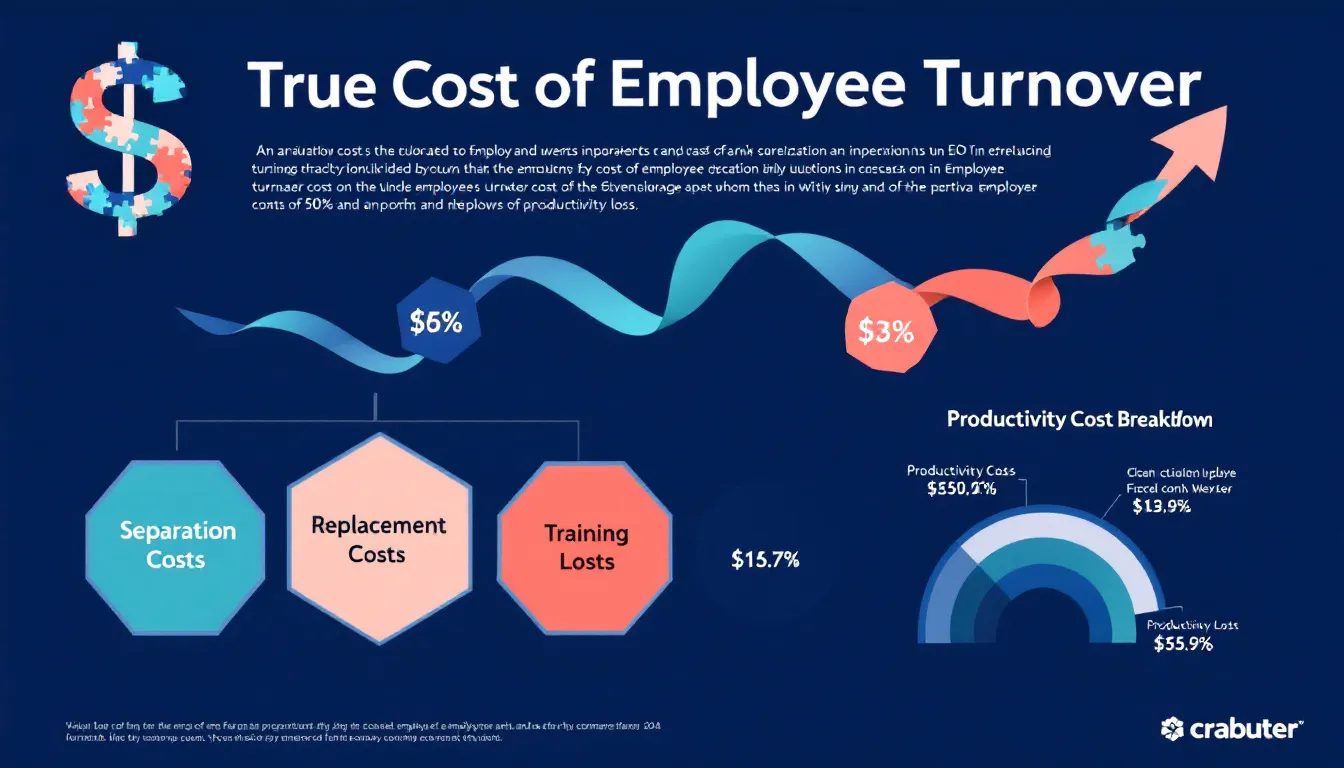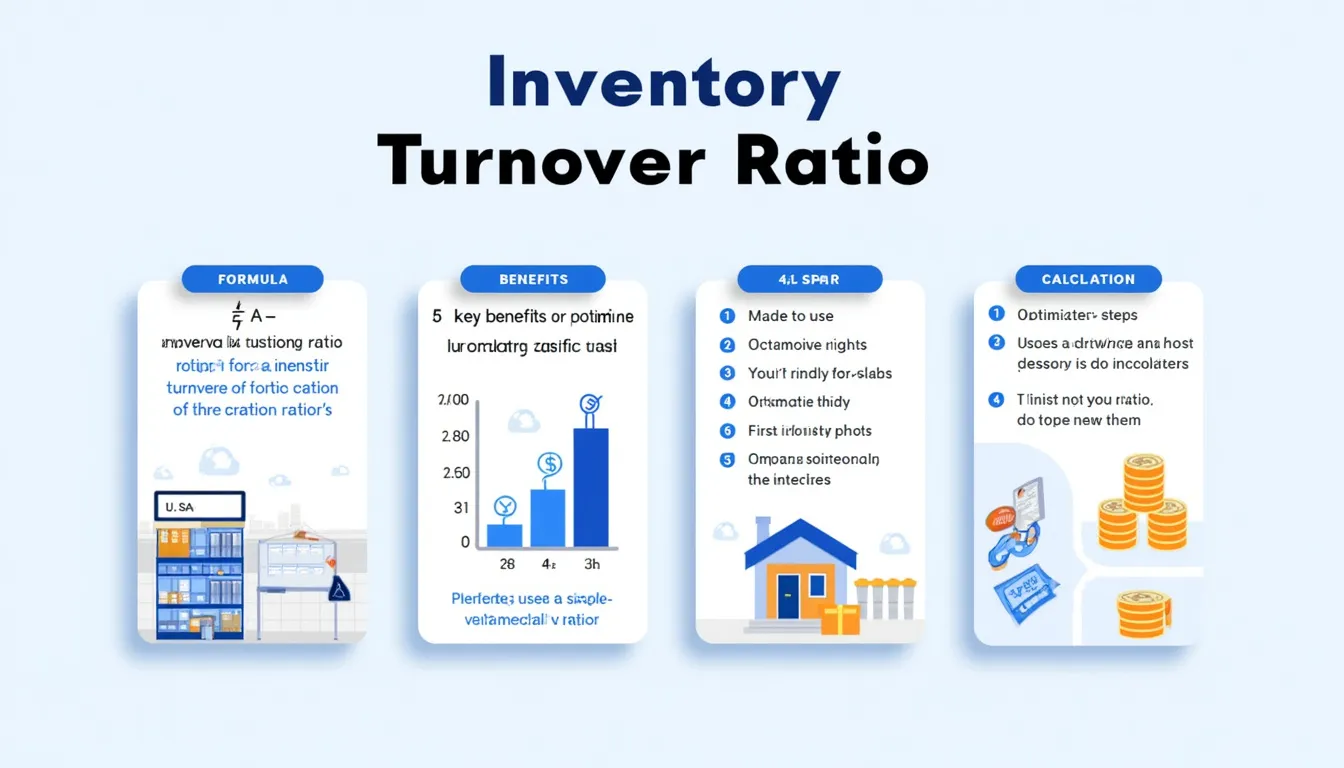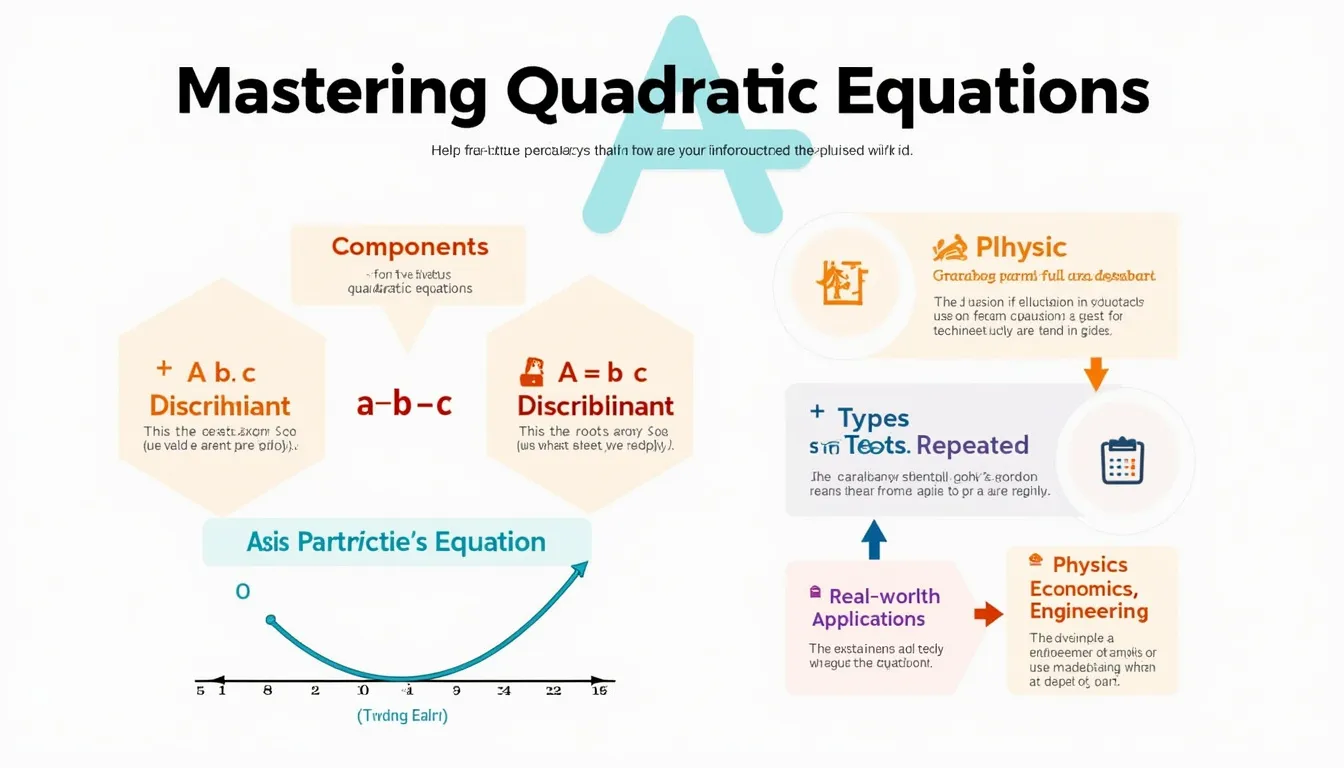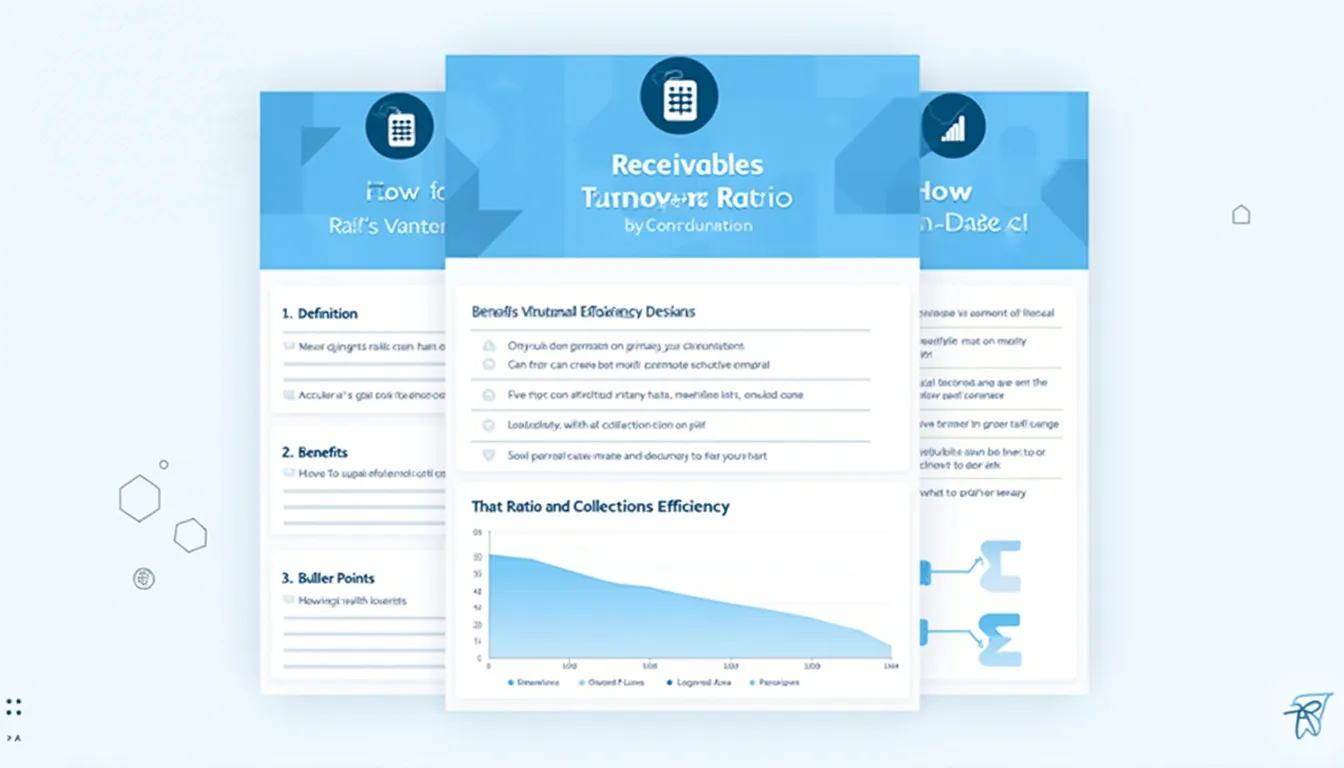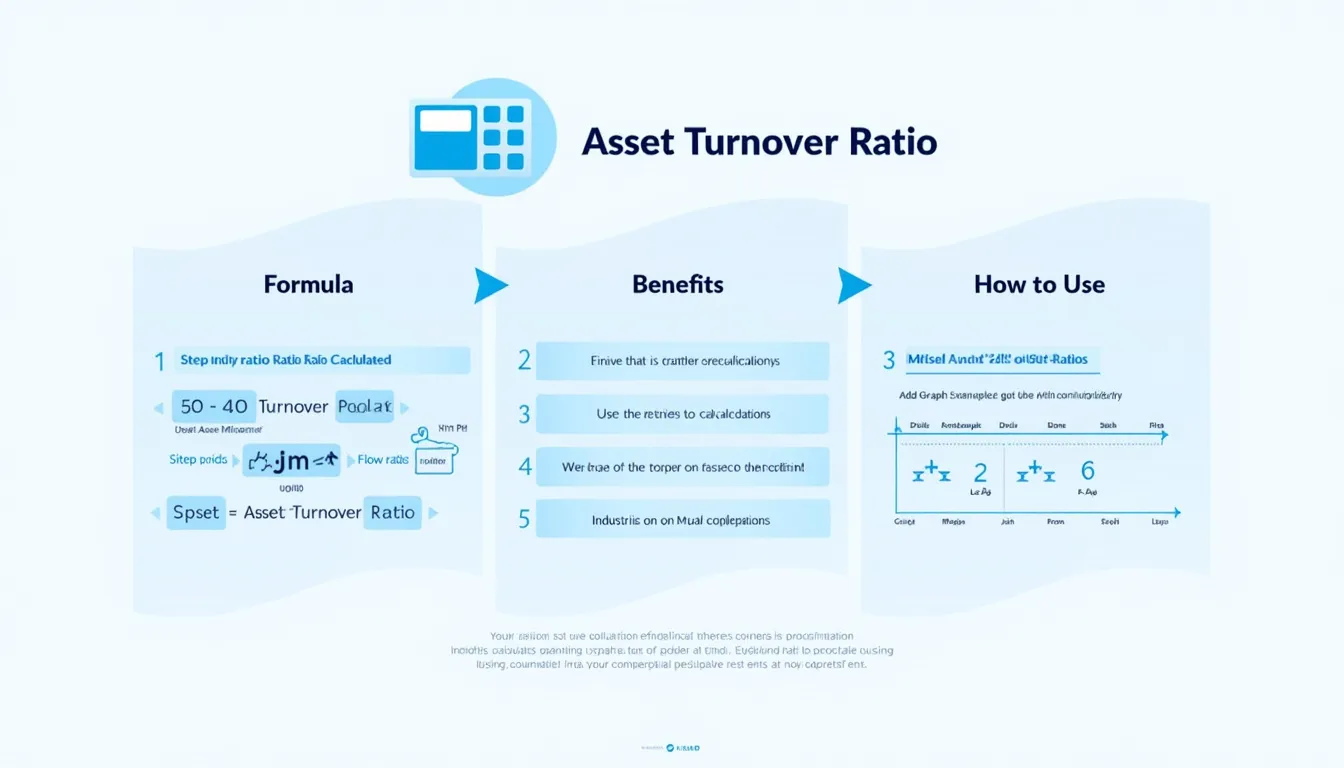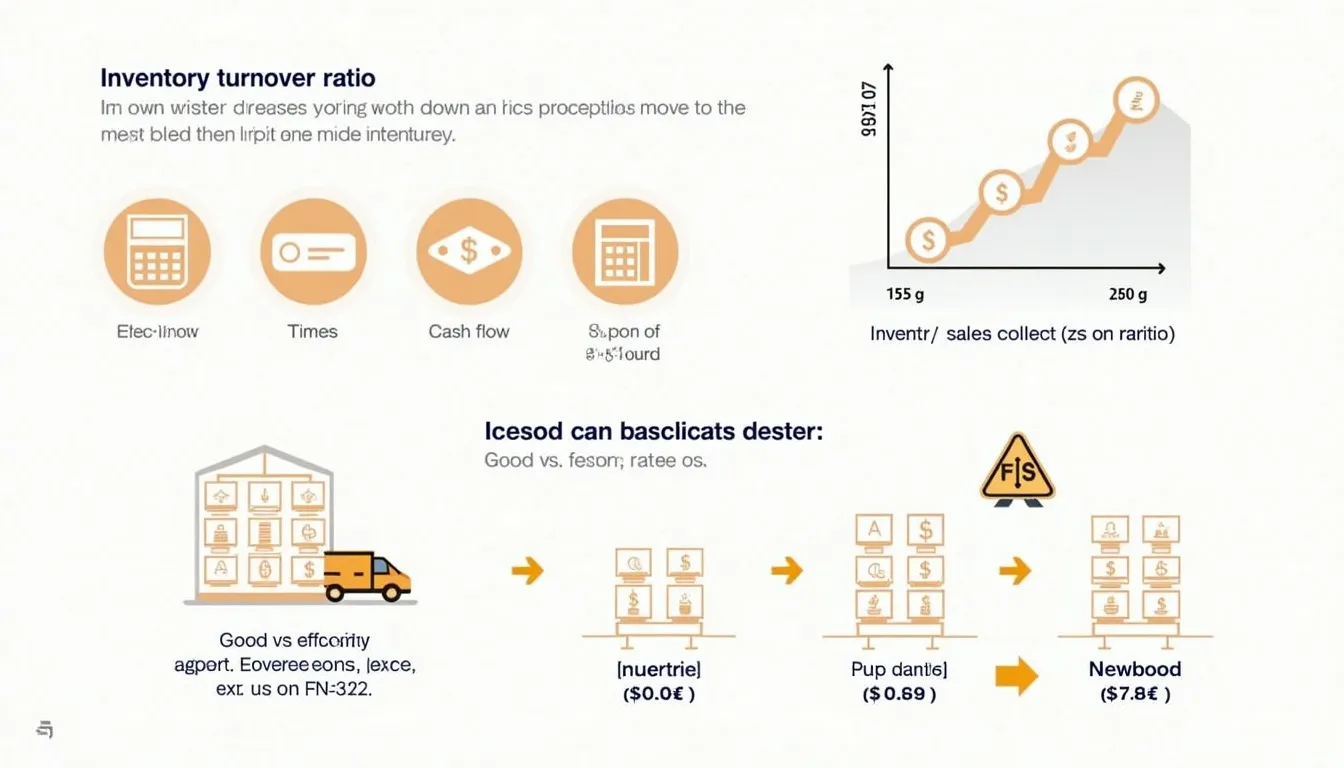Is this tool helpful?
How to Use the Innovation Problem-Solving Assistant Effectively
To maximize the benefits of this innovative problem-solving tool, follow these steps for optimal results:
1. Problem Description Field
Enter a detailed description of your challenge or problem. Be specific and comprehensive.
Example inputs:
- “We need to reduce employee turnover by 30% within our tech department while maintaining productivity levels and team morale.”
- “Our manufacturing facility needs to decrease waste production by 40% while meeting increased production demands.”
2. Constraints and Limitations Field
List any restrictions or boundaries that might affect the solution implementation.
- Budget limitations
- Time constraints
- Resource availability
- Technical capabilities
- Regulatory requirements
3. Timeline Field
Specify your desired implementation timeframe to receive appropriately paced solutions.
Understanding the Innovation Problem-Solving Assistant
The Innovation Problem-Solving Assistant is an advanced digital tool designed to generate comprehensive, actionable solutions for complex business and organizational challenges. It employs a structured approach combining analytical thinking, creative problem-solving methodologies, and systematic evaluation processes.
Core Functionality Components
- Problem analysis framework
- Multi-perspective solution generation
- Implementation planning
- Risk assessment and mitigation strategies
Benefits of Using the Innovation Problem-Solving Assistant
1. Structured Approach to Complex Problems
The tool breaks down complicated challenges into manageable components, ensuring no critical aspects are overlooked.
2. Time Efficiency
Reduces the time typically spent in traditional brainstorming sessions and problem-solving meetings by providing structured, immediate feedback and solutions.
3. Comprehensive Solution Development
Generates multi-faceted solutions that consider various stakeholders, resources, and implementation factors.
4. Risk Mitigation
Identifies potential obstacles and provides contingency planning suggestions to ensure smooth implementation.
Addressing User Needs and Problem-Solving Process
The Nine-Step Solution Framework
The tool utilizes a comprehensive nine-step process:
- Element Identification
- Root Cause Analysis
- Solution Generation
- Feasibility Assessment
- Solution Selection
- Optimization
- Implementation Planning
- Risk Assessment
- Final Solution Presentation
Practical Applications and Use Cases
Business Process Optimization
A retail chain used the tool to optimize their inventory management system:
- Initial Problem: High inventory costs and frequent stock-outs
- Generated Solution: Implementation of AI-driven demand forecasting system with real-time inventory tracking
- Result: 25% reduction in inventory costs and 40% decrease in stock-outs
Organizational Change Management
A healthcare provider utilized the tool for department restructuring:
- Initial Problem: Inefficient patient care workflow and staff burnout
- Generated Solution: Hybrid team structure with rotating responsibilities and integrated digital communication systems
- Result: 35% improvement in patient satisfaction scores and 45% reduction in staff overtime
Frequently Asked Questions
How detailed should my problem description be?
Your problem description should include specific goals, current situation details, and desired outcomes. The more detailed your input, the more targeted and effective the solution will be.
Can I use this tool for different types of business challenges?
Yes, the tool is designed to address various business challenges, including operational efficiency, strategic planning, team management, and innovation initiatives.
What makes this tool different from traditional problem-solving methods?
This tool combines systematic analysis with creative thinking approaches, providing structured yet innovative solutions while considering implementation factors and potential risks.
How should I implement the suggested solutions?
Follow the provided implementation plan, which includes timeline recommendations, resource allocation suggestions, and progress monitoring guidelines. Adapt the plan to your specific organizational context.
Can I get multiple solution options for the same problem?
Yes, the tool typically generates multiple solution approaches, allowing you to select the most appropriate option based on your specific circumstances and constraints.
Is this tool suitable for small businesses?
Absolutely. The tool adapts its solutions based on the organization’s size, resources, and capabilities, making it suitable for businesses of all sizes.
How often can I use this tool for the same problem?
You can use the tool multiple times for the same problem, especially as circumstances change or new factors emerge, to receive updated and refined solutions.
Will the tool help with change management aspects?
Yes, the solutions include change management considerations, stakeholder communication strategies, and implementation guidance to ensure smooth transitions.
Can I combine multiple solutions?
Yes, you can integrate elements from different solution suggestions to create a customized approach that best fits your organization’s needs.
What types of constraints should I include?
Include any relevant financial, technical, human resource, time, regulatory, or organizational culture constraints that might impact solution implementation.
Important Disclaimer
The calculations, results, and content provided by our tools are not guaranteed to be accurate, complete, or reliable. Users are responsible for verifying and interpreting the results. Our content and tools may contain errors, biases, or inconsistencies. We reserve the right to save inputs and outputs from our tools for the purposes of error debugging, bias identification, and performance improvement. External companies providing AI models used in our tools may also save and process data in accordance with their own policies. By using our tools, you consent to this data collection and processing. We reserve the right to limit the usage of our tools based on current usability factors. By using our tools, you acknowledge that you have read, understood, and agreed to this disclaimer. You accept the inherent risks and limitations associated with the use of our tools and services.
